Iran Religion: An Exploration of Faith and Diversity in Iran
An Insights into Iran's Diverse Religious Landscape

Iran’s religious scene is as diverse as its history is rich. This introduction takes you through the vibrant mix of faiths that shape Iran’s cultural and social identity. We’ll explore the intertwining of religion and daily life, offering insights into how faith influences the Iranian way of life.
Contents
Historical Overview
Iran’s history is deeply entwined with its religious evolution. From the ancient Zoroastrian faith, which predates Islam by thousands of years, to the rise of Shia Islam as the state religion, this section traces the transformation of religious beliefs over centuries. We’ll look at how historical events have shaped Iran’s religious landscape.

The Role of Religion in Iranian Society
Religion in Iran goes beyond personal beliefs; it plays a pivotal role in shaping societal norms and values. In this part, we explore how religion influences various aspects of Iranian life, including education, law, and cultural practices. We also discuss the impact of religious leaders in shaping social and political discourse in Iran.
Major Religions in Iran
Iran’s religious fabric is a vivid reflection of its pluralistic society. This section provides a deeper understanding of the major religions that form the spiritual backbone of the nation.
Islam: The Predominant Faith

Islam stands as the predominant faith in Iran, deeply embedded in the nation’s identity. It shapes not just the spiritual, but also the cultural, political, and social fabric of the country. Iran’s Islamic heritage influences everything from art and architecture to law and education. Mosques, with their stunning architecture and call to prayer, are central to community life, serving as places of worship and social gathering. Islamic teachings also guide social customs and practices, influencing the daily lives of Iranians in profound ways. This section delves into how Islam, as the majority religion, shapes Iran’s societal norms and the everyday life of its citizens.
Shia Islam
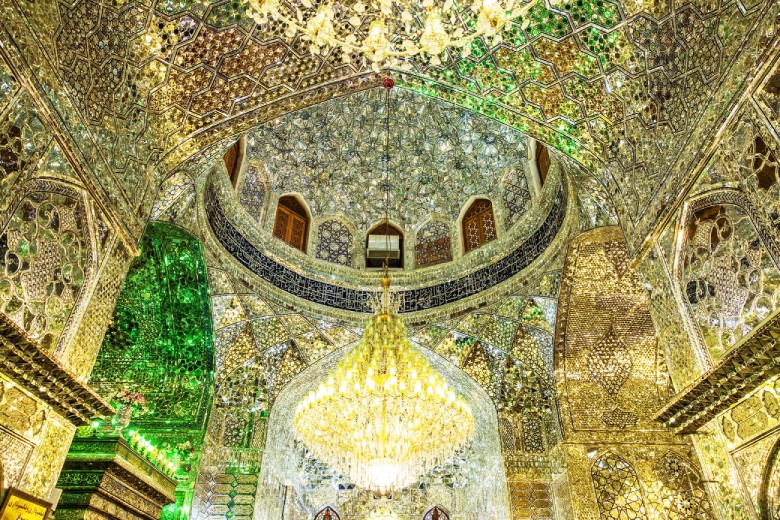
As the state religion, Shia Islam holds a special place in Iranian society. Distinct from Sunni Islam, Shia beliefs center around the leadership of Imams, considered as infallible spiritual and political leaders. The largest group of Shia Muslims, the Twelvers, believe in a line of twelve Imams, with the twelfth Imam, Muhammad al-Mahdi, in occultation and expected to return. Key rituals and practices of Shia Islam include the commemoration of Ashura, marking the martyrdom of Imam Hussein at Karbala, which is observed with passion and solemnity. This section explores the core beliefs, rituals, and the immense cultural significance of Shia Islam in Iran, emphasizing its influence on Iranian art, literature, and public life.
Sunni Islam in Iran

Though Iran is predominantly Shia, it is home to a significant Sunni minority, primarily residing in regions like Kurdistan, Baluchistan, and Khorasan. Sunni Islam in Iran, with its own traditions and practices, coexists with the Shia majority. Sunnis have their own mosques and religious schools and observe the same fundamental beliefs and pillars of Islam but differ in some aspects of jurisprudence and ritual. This part examines the Sunni communities in Iran, their cultural and religious practices, and the dynamics of Sunni-Shia coexistence in the country.
Other Recognized Religions
Iran’s constitution recognizes several minority religions, each contributing to the country’s religious mosaic.
Christianity

Christianity, although a minority religion in Iran, has a notable presence and historical significance. The Christian community in Iran dates back to the early years of the faith, making it one of the oldest Christian communities in the Middle East. The majority of Iranian Christians belong to the Armenian Apostolic Church, with others adhering to the Assyrian Church of the East, Roman Catholicism, and various Protestant denominations.
The Armenian and Assyrian communities are recognized in Iran’s constitution and are allowed to practice their faith freely and maintain their own schools. They celebrate their religious festivals and have made significant cultural contributions to Iranian society. Churches in cities like Isfahan and Tehran not only serve as places of worship but also as cultural repositories, reflecting a blend of Iranian and Christian art and architecture. This section provides an in-depth look at how Christianity is practiced in Iran, its historical roots, and the role it plays in the broader religious and cultural landscape of the country.
Judaism

Judaism’s presence in Iran dates back nearly 2,700 years, with a rich history that has seen periods of prosperity as well as hardship. The Jewish community in Iran is one of the oldest in the world, with a population that, while reduced in modern times, still maintains a significant presence, primarily in Tehran, Isfahan, and Shiraz.
Iranian Jews have their own synagogues, schools, and social institutions. They observe Jewish holidays and customs, and while they speak Persian as their primary language, Hebrew is also used for religious purposes. This section explores the daily life of the Jewish community, their cultural practices, and how they have managed to preserve their identity while integrating into the broader Iranian society.
Zoroastrianism

Zoroastrianism, dating back over 3,000 years, originates from ancient Persia and is one of the world’s oldest monotheistic religions. It was the state religion of Iran before the arrival of Islam and has significantly influenced Iranian culture, language, and other religions.
Today, Zoroastrians in Iran are a small but vibrant community, primarily located in Tehran, Yazd, and Kerman. Their fire temples, rituals, and festivals, like Nowruz and Chaharshanbe Suri, are integral parts of their faith and have also become part of Iran’s national cultural heritage. Zoroastrians are known for their commitment to the principles of good words, good thoughts, and good deeds. This segment sheds light on the current practices of Zoroastrianism in Iran, its historical legacy, and its enduring cultural impact on the country.
BOOK ONLINE
Iran Hotels Online
The Iranian Religious Landscape
The Constitution of the Islamic Republic of Iran declares Shia Islam as the official religion of Iran. At least 90% of Iranians are Shia Muslims, and about 8% are Sunni Muslims. Christianity, with over 300,000 followers, the Bahá’í Faith with at least 250,000 followers, Zoroastrianism with around 32,000 followers, and Judaism with about 30,000 followers, are other religions present in Iran. The country’s constitution recognizes Christianity, Zoroastrianism, and Judaism. One of the key aspects of Shia Islam in Iran is the anticipation of the return of the twelfth Imam and reverence for the martyred leader. The indirect role of the twelfth Imam’s absence has contributed to the increased power of the clergy in Iran. Since the 1979 revolution, the Shia clergy in Iran have been the dominant political and social force. Religious scholars extensively occupy religious posts in Iran. The Shia population heavily relies on these scholars for guidance to avoid sin and follows teachings from a source of emulation. These factors have amplified the power of the clergy in Iran and strengthened their role as divine intermediaries; a distinction not as pronounced in early Shia and Sunni Islam.
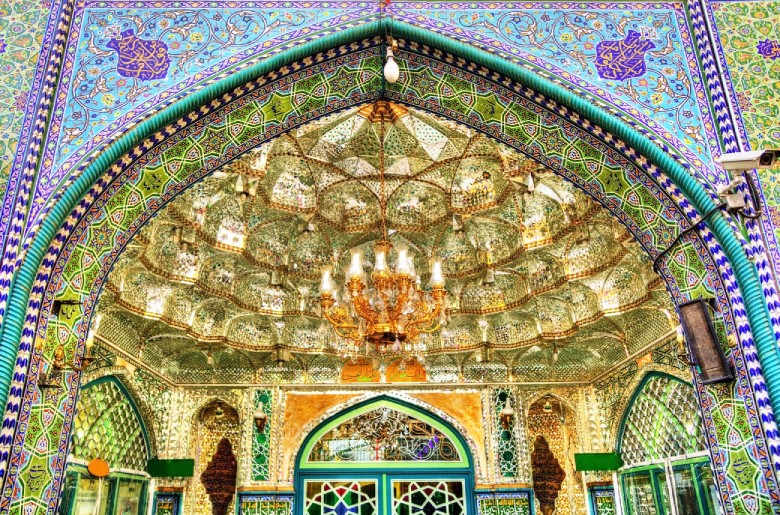
Government Policies on Religious Freedom
The Iranian government’s approach to religious freedom is multifaceted. Iran’s constitution recognizes Islam as the state religion while also acknowledging Zoroastrianism, Judaism, and Christianity as minority religions. These recognized minorities are allowed to practice their faiths, have representation in the parliament, and run their own schools and social institutions. However, the reality of religious freedom in Iran is complex, with varying degrees of tolerance and restrictions experienced by different groups. This section offers an analysis of the official policies and their practical implications, discussing both the achievements and challenges in the realm of religious freedom in Iran.
Religious Sites and Cultural Heritage
Iran boasts a wealth of religious sites, each a testament to the country’s rich cultural and spiritual history. These sites are not just places of worship; they are also repositories of art, culture, and history.
Mosques and Shrines
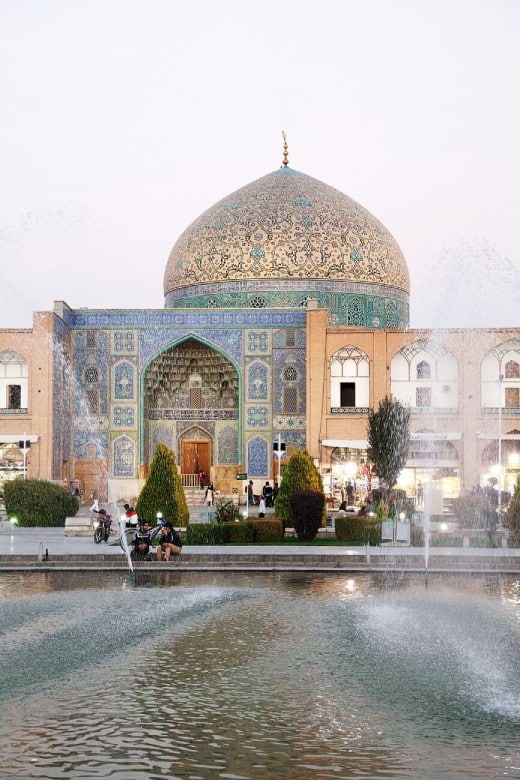
Iran’s mosques and shrines are renowned for their architectural beauty and historical significance. The country is home to some of the most magnificent mosques in the Islamic world, like the Imam Mosque in Isfahan, known for its stunning tilework and grandeur. Shrines, such as the Imam Reza Shrine in Mashhad, are major pilgrimage sites, attracting millions of visitors annually. These sites serve as focal points for religious gatherings and are integral to the spiritual life of the Iranian people.
Churches, Synagogues, and Fire Temples

Beyond Islamic sites, Iran’s religious diversity is reflected in its churches, synagogues, and fire temples. The Armenian Monastic Ensembles of Iran, a UNESCO World Heritage Site, showcase the rich history of Christianity in the region. Jewish synagogues like the Abrishami Synagogue in Tehran and the Zoroastrian fire temples in Yazd highlight the ancient roots and ongoing presence of these faiths in Iran.
Pilgrimage Sites in Iran

Pilgrimage is a key aspect of religious life in Iran. Sites like Qom, home to the Fatima Masumeh Shrine, and the Shah Cheragh Shrine in Shiraz, are important centers of Shia pilgrimage. These sites are not only spiritual centers but also play a significant role in the social and cultural life of the country.
Together, these religious sites form a mosaic of Iran’s diverse religious heritage, offering a window into the nation’s rich tapestry of faiths and traditions. They stand as symbols of Iran’s historical depth and the coexistence of multiple religions within its borders.
Religious Festivals and Celebrations
Iran’s religious landscape is rich with a variety of festivals and celebrations, reflecting its cultural and religious diversity.
Islamic Festivals

The Islamic calendar guides the major religious festivals in Iran. Two of the most significant celebrations are Eid al-Fitr, marking the end of Ramadan, and Eid al-Adha, commemorating the willingness of Prophet Ibrahim to sacrifice his son in obedience to God. These festivals are celebrated with communal prayers, feasting, and charity.
Ashura and Arbaeen

Ashura, the tenth day of the Islamic month of Muharram, holds immense significance in Shia Islam. It commemorates the martyrdom of Imam Hussein, the grandson of Prophet Muhammad, at the Battle of Karbala. Iranians observe this day with passion, partaking in large-scale processions and theatrical reenactments of the battle. Arbaeen, occurring 40 days after Ashura, marks the end of the mourning period for Imam Hussein and sees millions participating in pilgrimages and ceremonies.
Nowruz
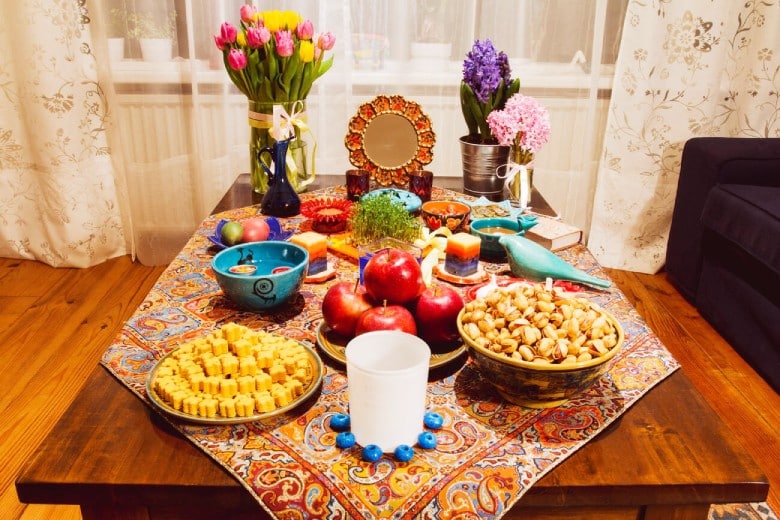
Nowruz, the Persian New Year, is a pre-Islamic festival that celebrates the arrival of spring. It transcends religious boundaries and is celebrated by people of various faiths in Iran. Traditions include the setting of the Haft-Seen table, which includes seven items starting with the letter ‘S’ in Persian, symbolizing rebirth and renewal.
Other Celebrations
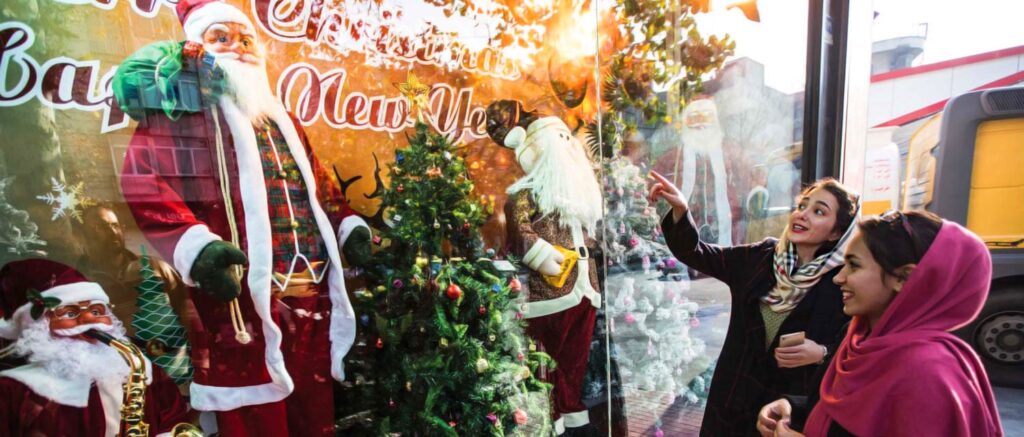
Christian Iranians celebrate Christmas and Easter, with their unique customs and rituals. The Jewish community observes festivals like Passover, Rosh Hashanah, and Hanukkah. Zoroastrians celebrate Nowruz and other unique festivals like Mehregan, a harvest festival, and Sadeh, a mid-winter festival.
Conclusion
As we conclude our exploration of Iran’s religious landscape, it’s clear that the country’s religious identity is not static but constantly evolving. The rich tapestry of faiths in Iran, from Shia and Sunni Islam to Christianity, Judaism, Zoroastrianism, and other beliefs, forms a complex mosaic that reflects the nation’s historical depth and cultural diversity.
This dynamic religious identity is shaped by a variety of factors, including historical events, modern influences, and the diverse experiences of its people. The coexistence of different religions, the fusion of traditional beliefs with modern values, and the impact of global trends all contribute to the ongoing evolution of Iran’s religious identity.
SURFIRAN Tours
Best Iran Tours
Despite challenges, Iran continues to showcase a unique model of religious diversity and coexistence. The country’s religious heritage, with its stunning mosques, churches, synagogues, and fire temples, remains a testament to its rich spiritual history. The festivals and celebrations, observed by various communities, further underscore the nation’s cultural richness and the ability of different faiths to find common ground.
As Iran faces the future, it stands at the crossroads of tradition and modernity, navigating the complexities of maintaining its religious heritage while adapting to the changing world. The evolving religious identity of Iran is a fascinating subject, offering insights into not only the country’s past and present but also its potential path forward in a rapidly changing global landscape.
Read More



